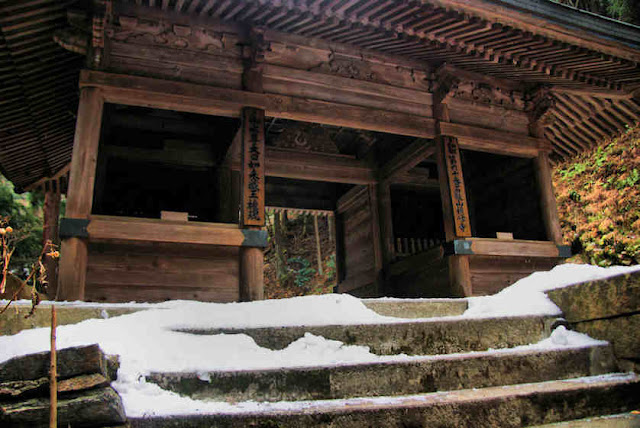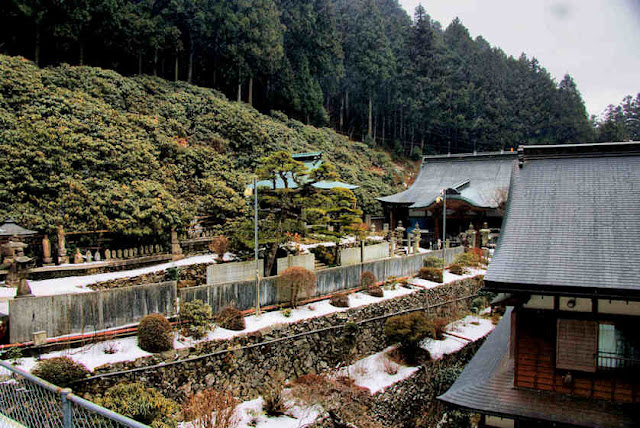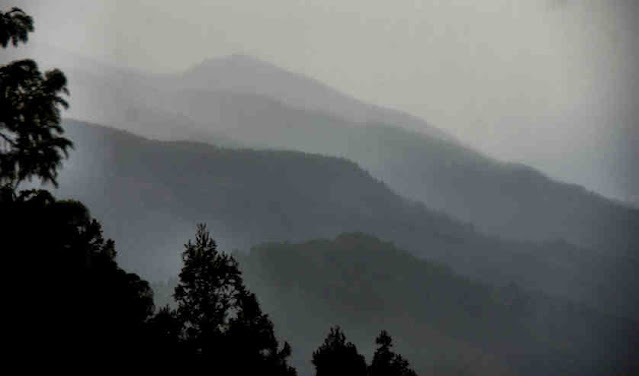At 745 meters above sea level, Yokomineji, temple 60, is the highest of the pilgrimage temples in Ehime, and the second highest of all the 88 pilgrimage temples.
I visited in February about 11 years ago and in the autumn there had been a major storm that severely damaged the trail up the mountain.
On the lowest slopes of Mount Ishizuchi, Yokomineji is one of the Henro Korogashi.... hard to reach temples, and with the path blocked by storm debris it was even more so ......
Said to have been founded by famed and legendary founder of Shugendo, En no Gyoja, in 651.
Gyoki, nd then a century later Kobo Daishi, also visited.
Almost to the shrine you pass the Furubo Jizo-do. There used to be a small settlement in the area as during the Edo period this was a well travelled road.
Yokomineji has quite a complex history not made easier by the reconfiguring of the Jaoanese religious landscape in the latter half of the 19th century.
When Enno Gyoja founded it he carved a statue of Zao Gongen, the main deity of what is now Shugendo. Later when Kobo Daishi came he carved a Dainichi statue and made it the "main image".
What seems certain is that it was a syncretic site with both kami and Buddhist elements. A report from the 17th century writes of a Zao Gongen main shrine, and a Kaisan-do dedicated to Sekisen, and a hall dedicated to Dainichi and Kobo Daishi.
In early Meiji all the Buddhist elements were removed and a new temple hall built near the Niomonto house them. This was called Omineji.
What was Yokomineji Temple became a branch shrine of Ishizuchi Shrine and a temple at the base of the mountain became the 60th pilgrimage temple.
By 1909 it was reinstated as Yokomineji Temple, though the observant notice that the architecture remains shrine-style.
The statue a few photos above is a Hoshiku Daishi. Holding a sword, I believe this represents Kobo Daishi performing a star ritual when he visited here. It stands on the site of the former Kaisan-do.
I did not spend much time exploring as it was very cold and there didn't seem to be anyone around. I certainly saw no other pilgrimas.
As I was about to leave it started snowing.
On the way down I stopped in at Tsumashiro Daimyojin Shrine.
The guardian deity of the temple, many of the crude torii had rotted and collapsed.

































































